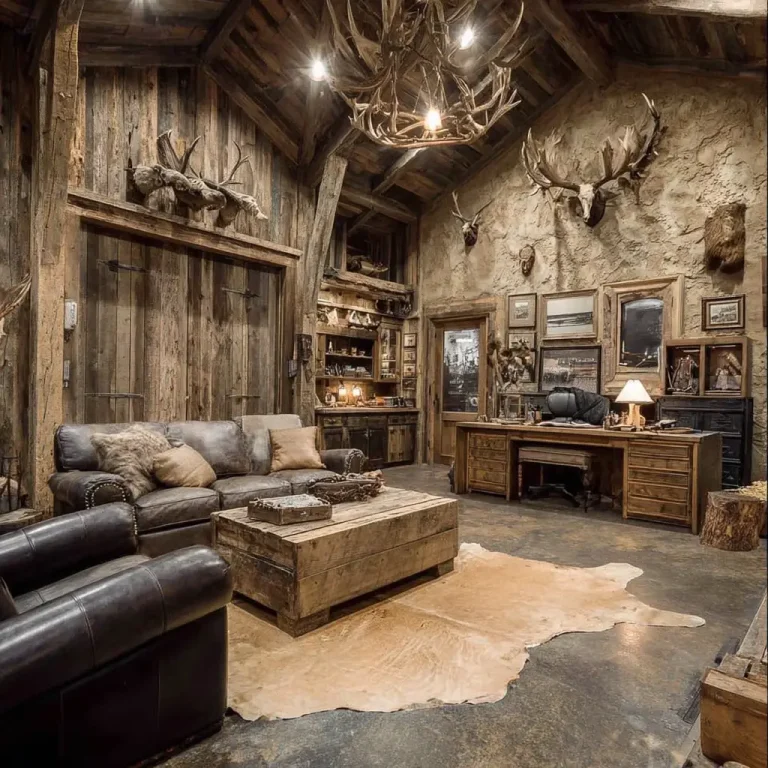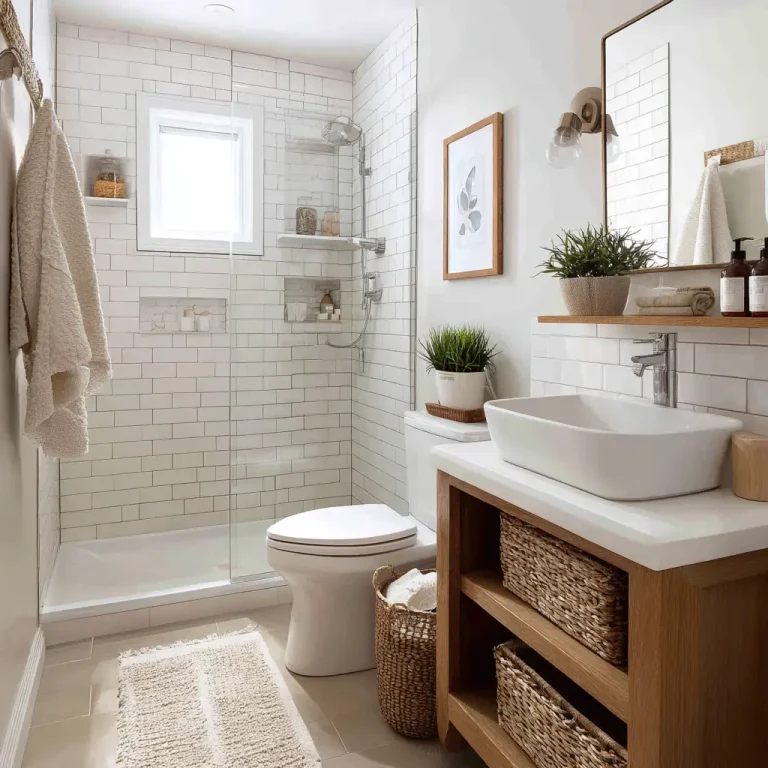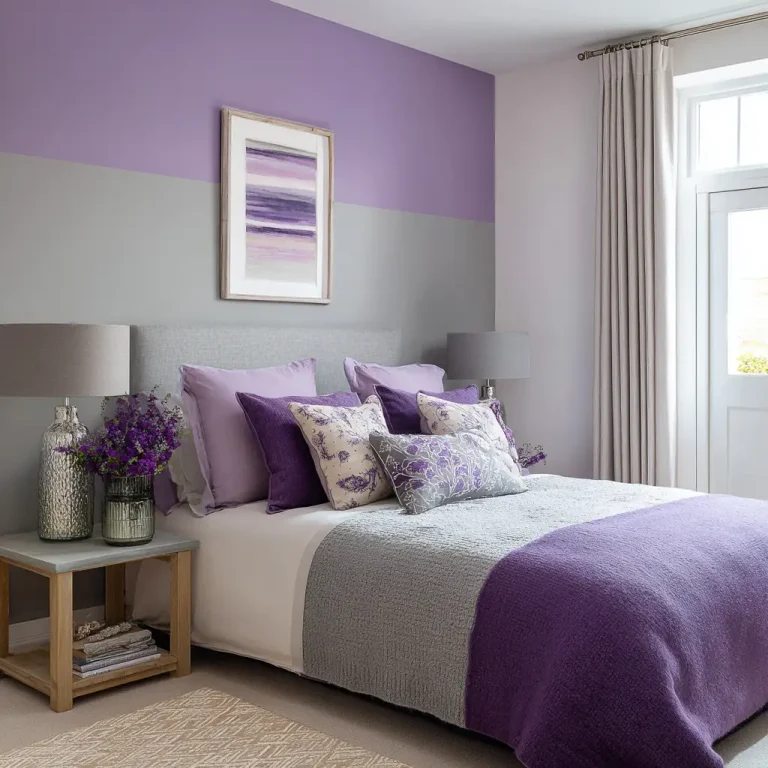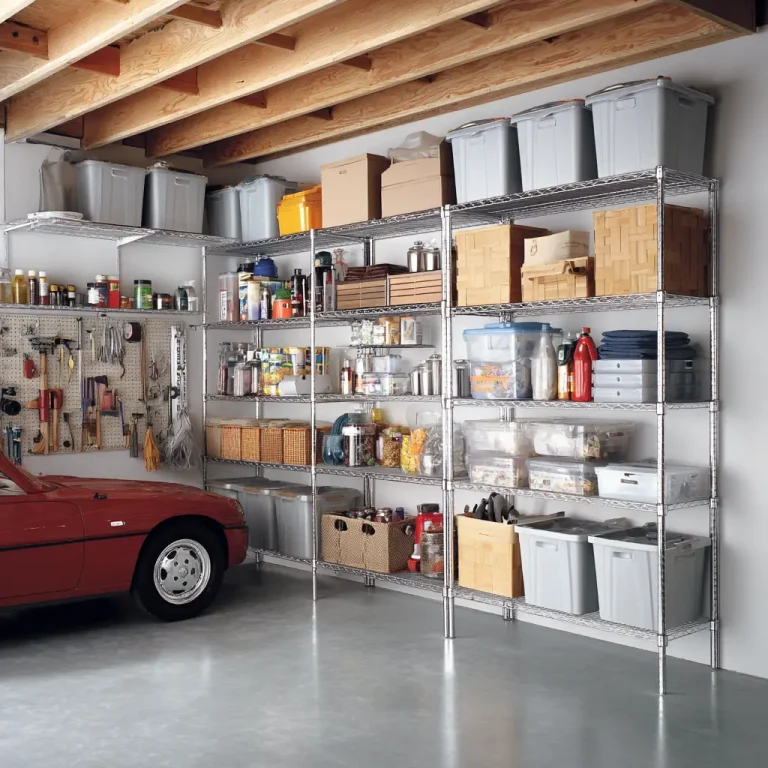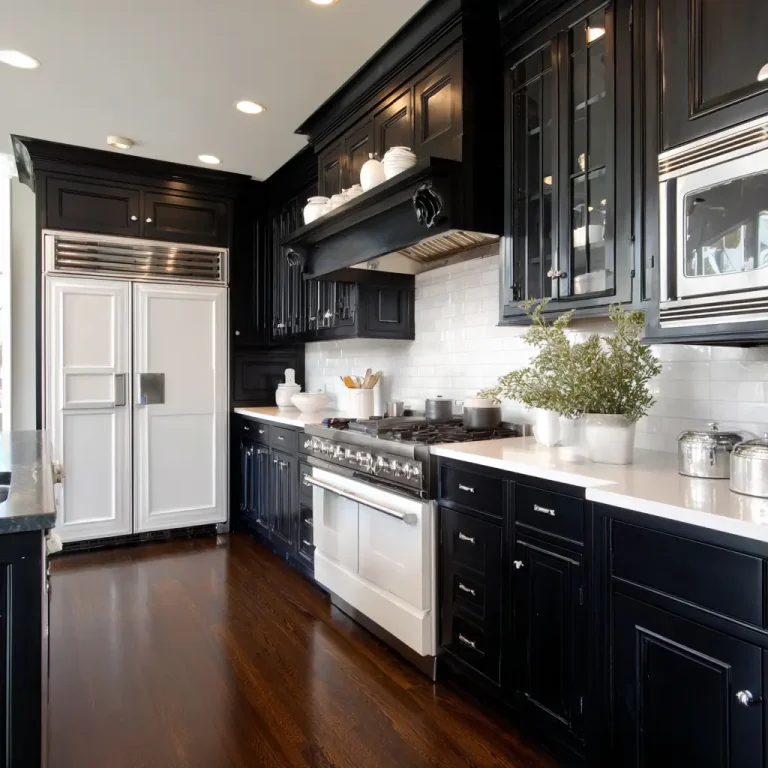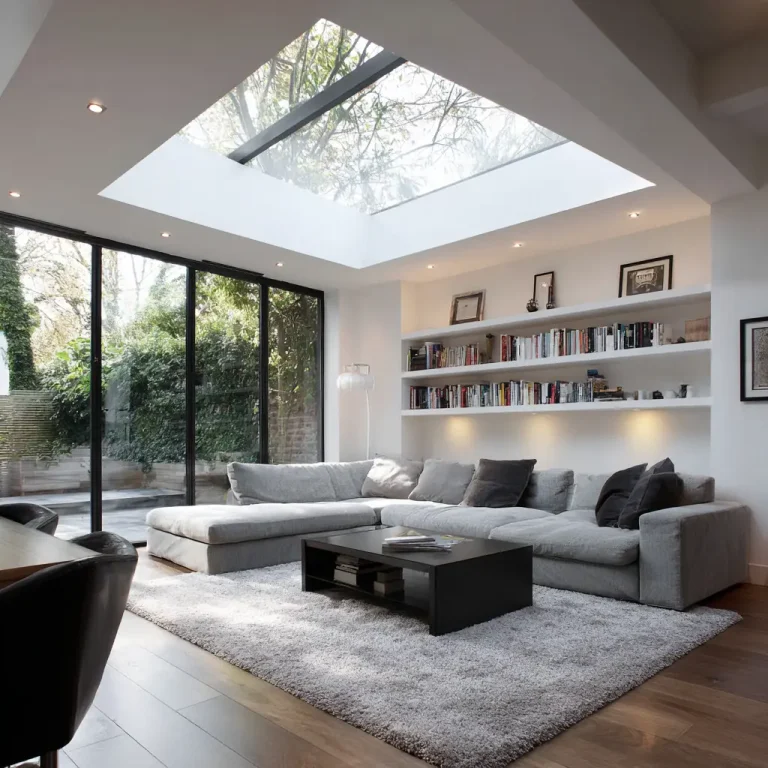14 Kitchen Ideas for Small Spaces That Actually Work
Living in a small home or apartment often means dealing with limited kitchen space. It can feel frustrating when you want a functional, stylish kitchen but don’t have much room to work with. The good news is that small kitchens can be just as efficient and inviting as larger ones — with the right ideas and approach. Here are 12 kitchen ideas designed specifically for small spaces that blend creativity with practicality, helping you make the most of every inch.
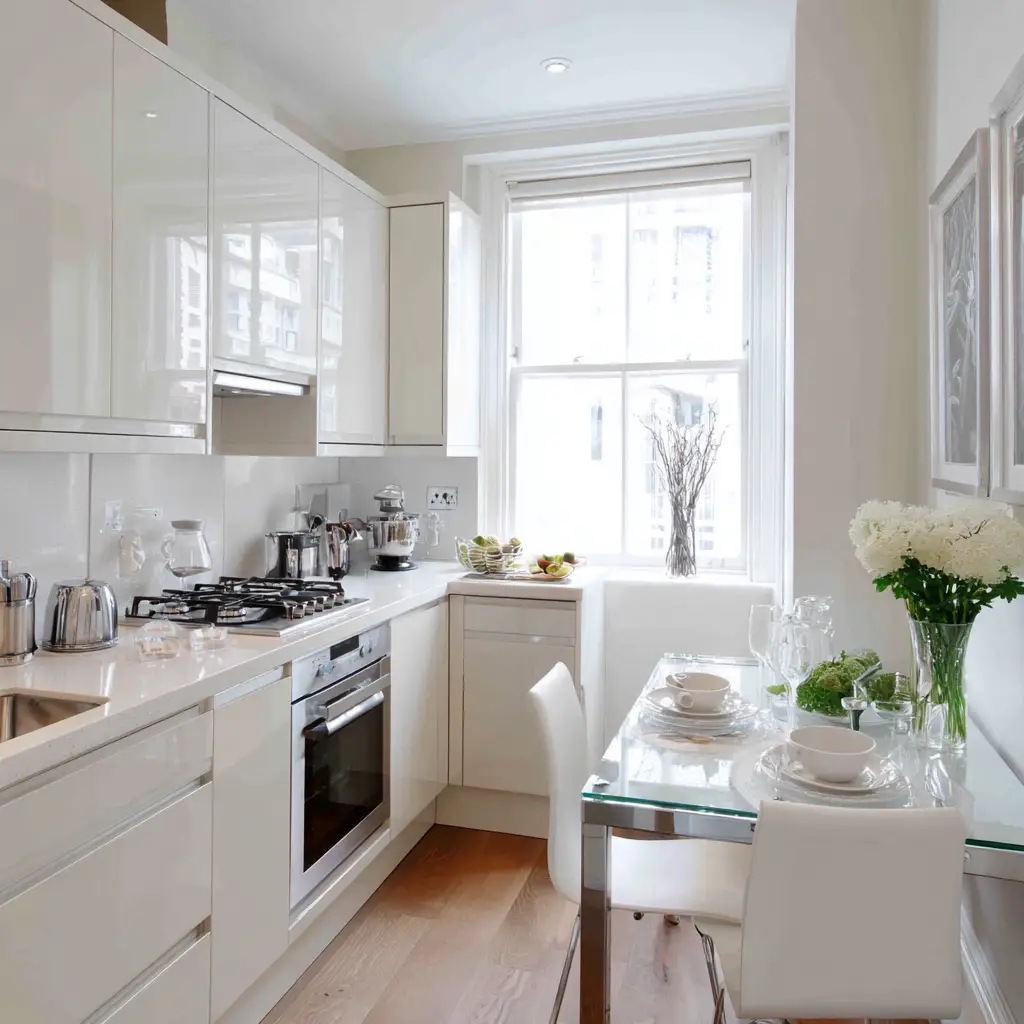
1. Opt for Open Shelving
Instead of bulky cabinets that can make the kitchen feel cramped, open shelves create an illusion of openness and allow your walls to breathe. They provide a great opportunity to showcase your favorite dishes, colorful mugs, or unique cookware, turning storage into a decorative element. Open shelving encourages you to keep your kitchen organized since everything is on display, and it allows quick access to frequently used items. To keep it looking tidy, group items by type or color and consider adding small baskets or containers for loose items.
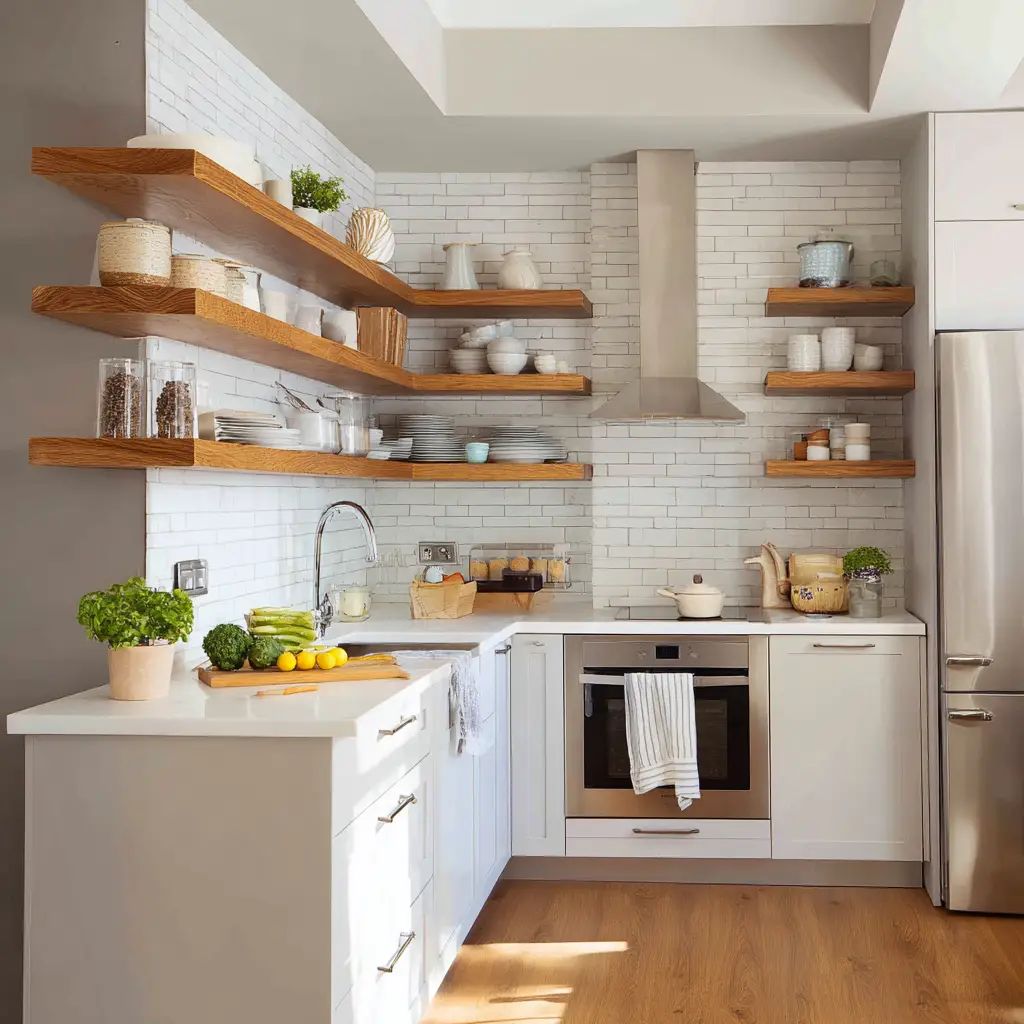
2. Use Light Colors
When working with limited space, the color palette plays a huge role in how the kitchen feels. Light shades like whites, soft grays, pale blues, or pastel greens help reflect natural and artificial light, making the room appear larger and more open. Pair these light tones with glossy or semi-gloss finishes on cabinets or backsplashes to bounce light around the room. You can also add pops of color through accessories like dish towels, rugs, or small appliances to keep the space lively without overwhelming it.

3. Install a Fold-Down Table
For those who love to have a dining or prep area but don’t have the square footage for a permanent table, fold-down tables are a brilliant solution. These tables can be mounted on a wall and folded down when needed, then tucked away to free up valuable floor space. Some designs even include small shelves or hooks underneath for extra storage. They are perfect for quick meals, additional counter space, or even working on your laptop while in the kitchen.
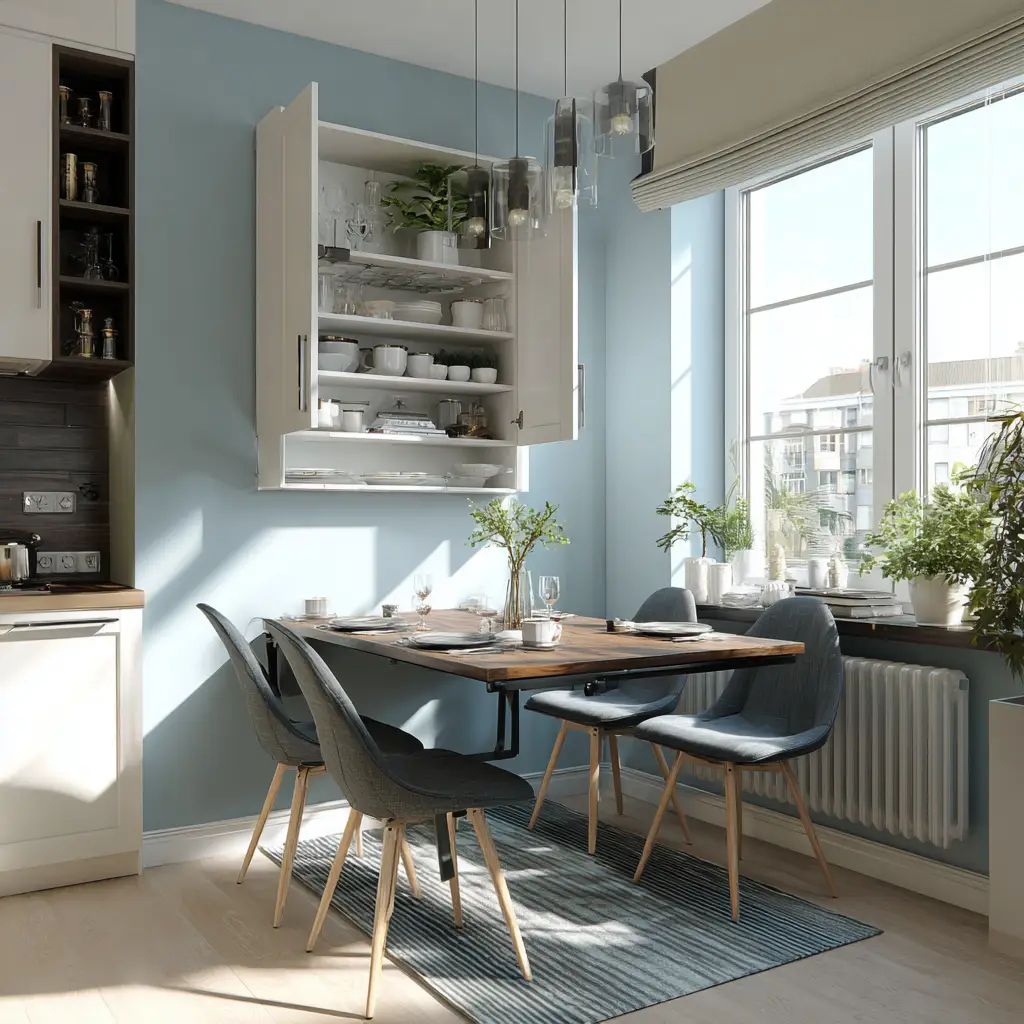
4. Incorporate Multipurpose Appliances
Small kitchens rarely have room for multiple large appliances, so investing in multipurpose ones can save space and money. For example, an air fryer that doubles as a convection oven, or a microwave with grill functions, allows you to perform various cooking tasks without crowding your countertop. Compact appliances designed for small spaces also tend to be more energy-efficient and easier to store away when not in use.
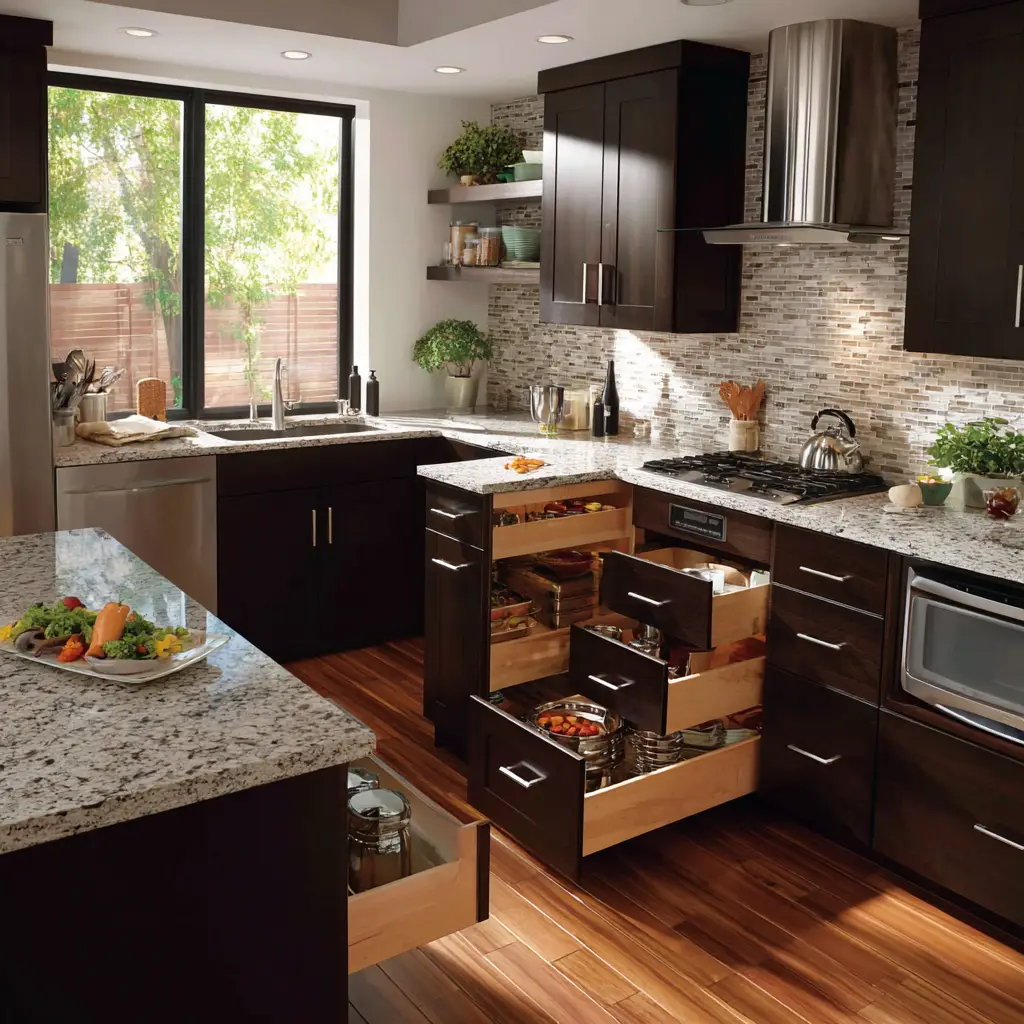
5. Maximize Vertical Storage
When floor space is scarce, look upward. Tall cabinets that reach the ceiling utilize space that often goes unused, giving you extra storage for rarely used items like holiday dishes or bulk pantry goods. Hooks or rails can be installed on walls or under cabinets to hang pots, pans, utensils, or mugs, freeing up cabinet space and adding character to your kitchen. Vertical storage can also include magnetic strips for knives or spice racks mounted on walls, all of which keep counters clear and organized.
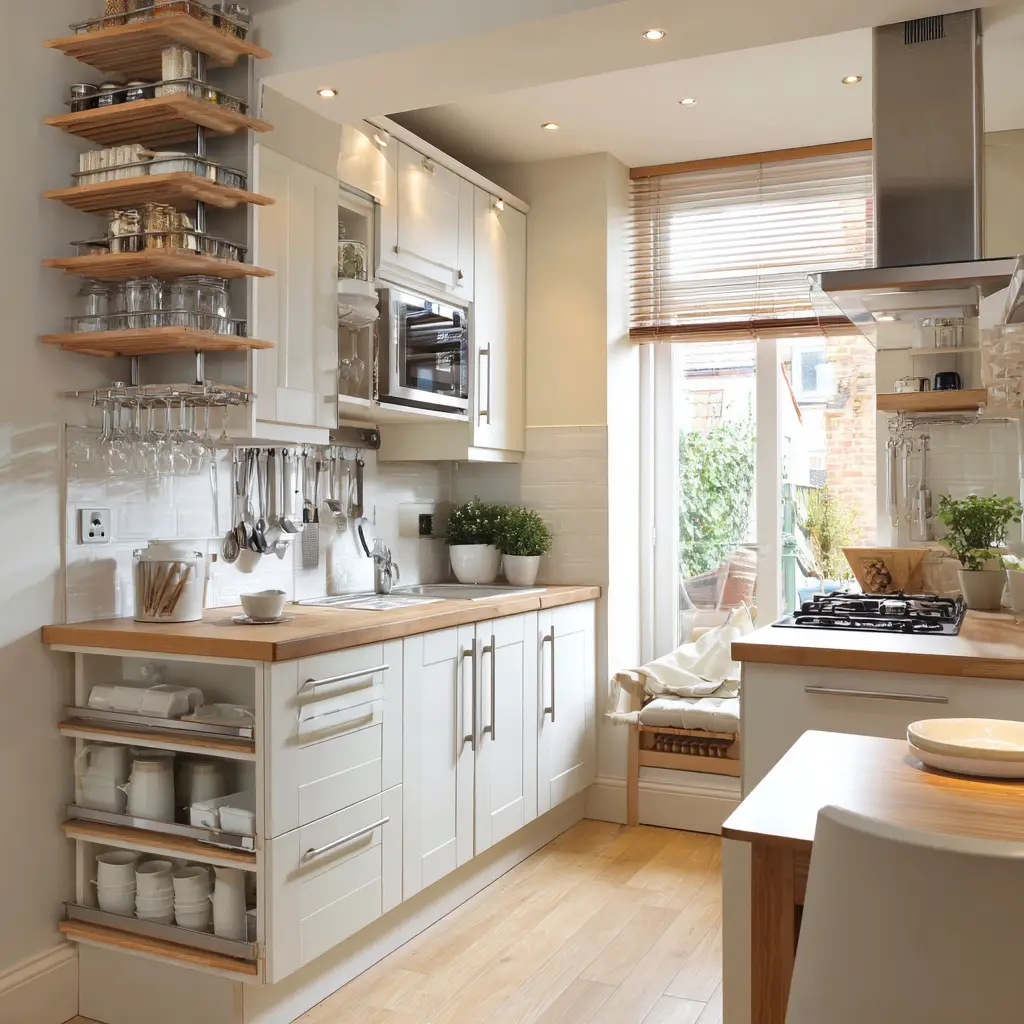
6. Choose Slimline Furniture
When selecting furniture for a small kitchen, slimline and lightweight pieces work best. Chairs and stools with thin legs and minimal designs take up less visual and physical space, making the room feel less crowded. Narrow rolling carts provide extra storage and workspace but can be moved out of the way when you need more floor room. Transparent acrylic or glass furniture is also a clever option because it allows light to pass through, reducing visual clutter.
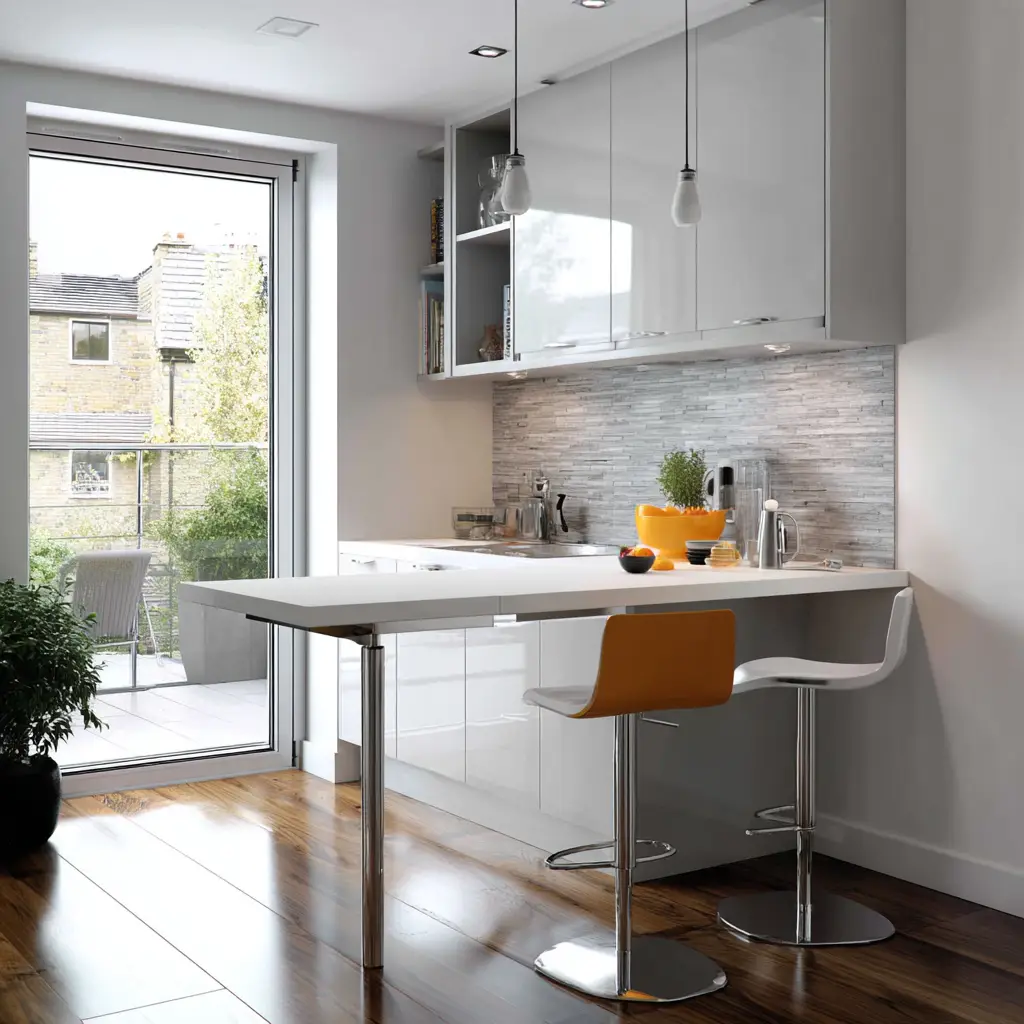
7. Add Mirrors
Mirrors aren’t just for bedrooms or living rooms; in small kitchens, they can be a game-changer. A mirror backsplash, for instance, reflects light and creates the illusion of a larger room. If a full mirror backsplash feels too bold, even a small mirror placed strategically on a wall or inside cabinet doors can enhance the sense of depth. Combined with proper lighting, mirrors help bounce light around the room and reduce feelings of confinement.
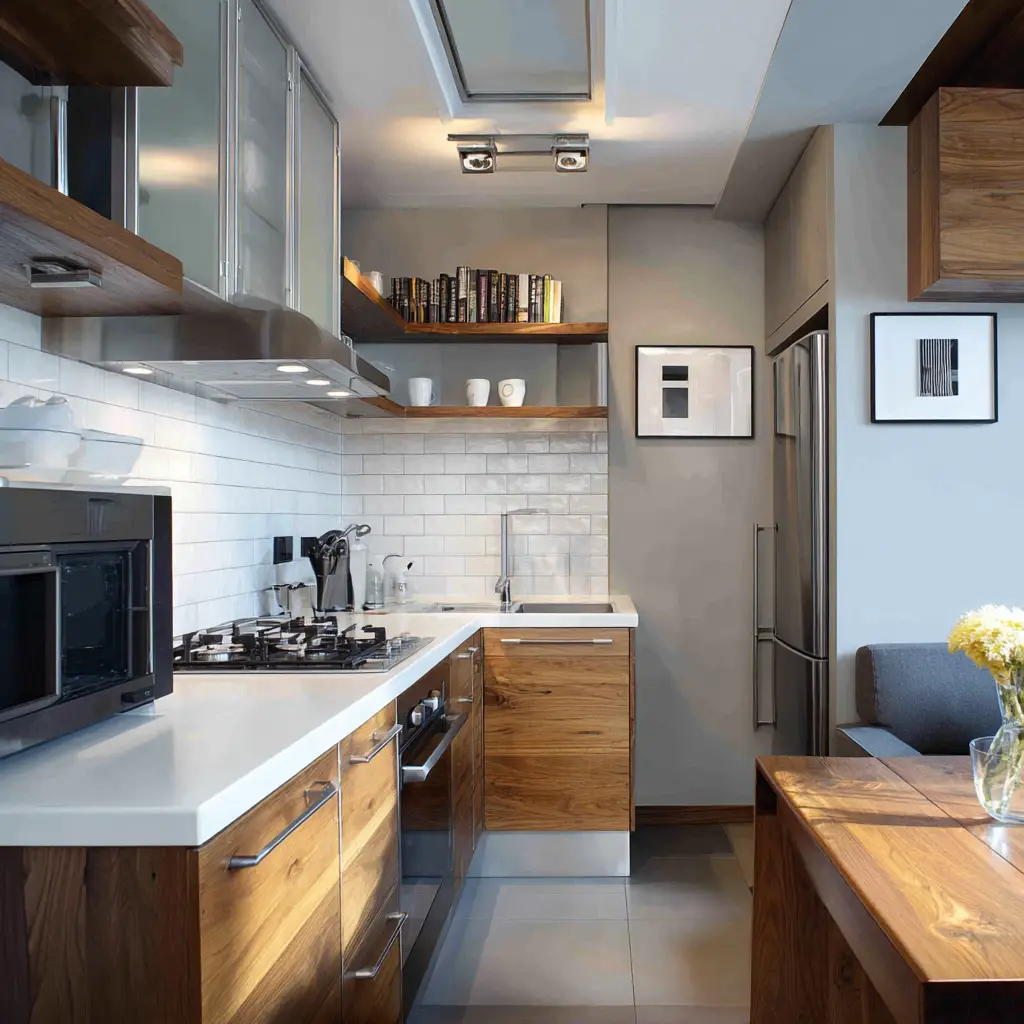
8. Slide-Out Pantry
A traditional pantry may not be an option in a small kitchen, but a slide-out pantry fits perfectly into narrow gaps between cabinets or appliances. These vertical pull-out units offer surprisingly generous storage for spices, canned goods, and dry ingredients. Because they fully extend, you can see everything at a glance without digging through cluttered shelves. Many slide-out pantries come with adjustable shelves to accommodate items of various sizes.
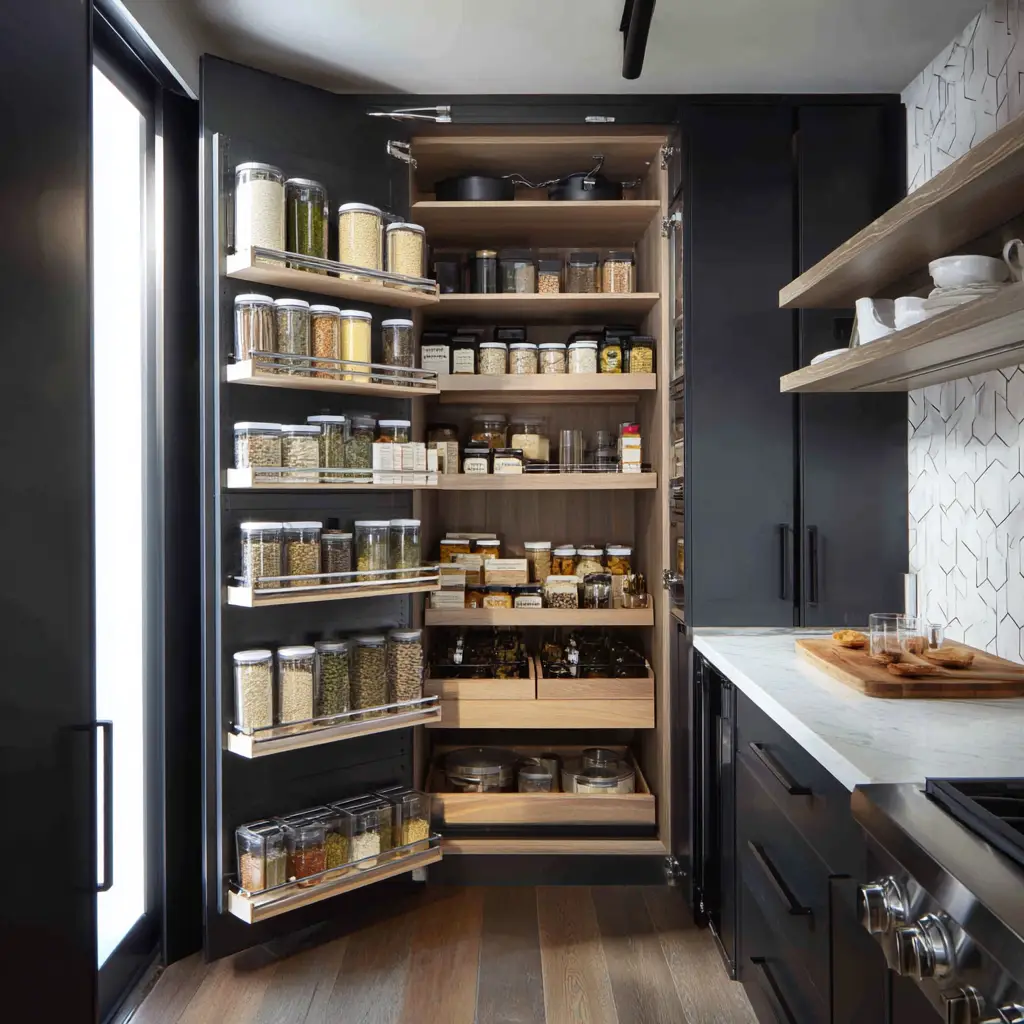
9. Use Clear Containers
Clear containers or jars for dry goods not only keep your pantry organized but also add a clean, cohesive look to the kitchen. When you can see exactly what’s inside, it’s easier to manage supplies and avoid buying duplicates. Uniform containers stack neatly and make the most of limited shelf space. Labeling them adds an extra layer of organization and style, ensuring that everything has a designated place.
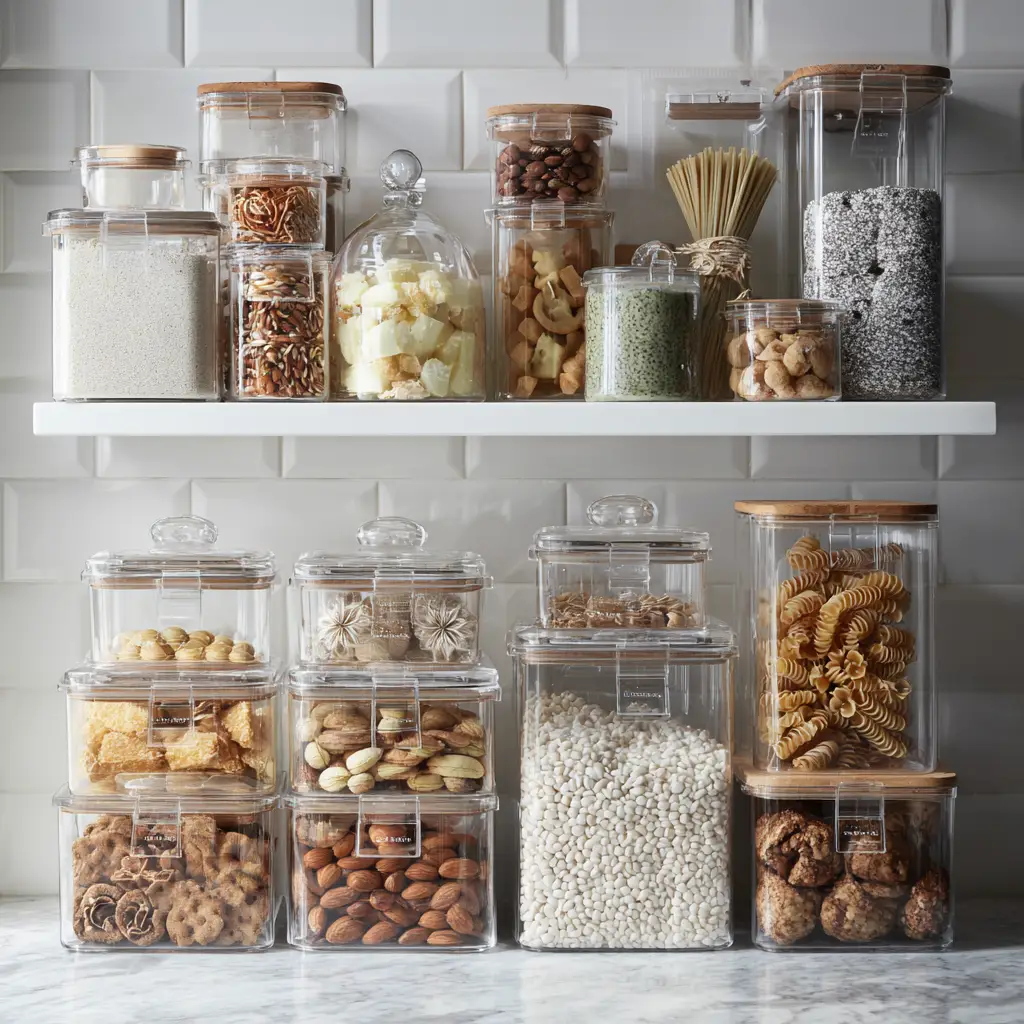
10. Install Under-Cabinet Lighting
Under-cabinet lighting is both practical and aesthetic. It brightens the countertop workspace, making food prep easier and safer while creating an inviting ambiance. LED strip lights or puck lights are great choices because they consume little energy and can be installed discreetly. Good lighting prevents shadows that can make small kitchens feel cramped and dark, turning your kitchen into a warm, welcoming environment.
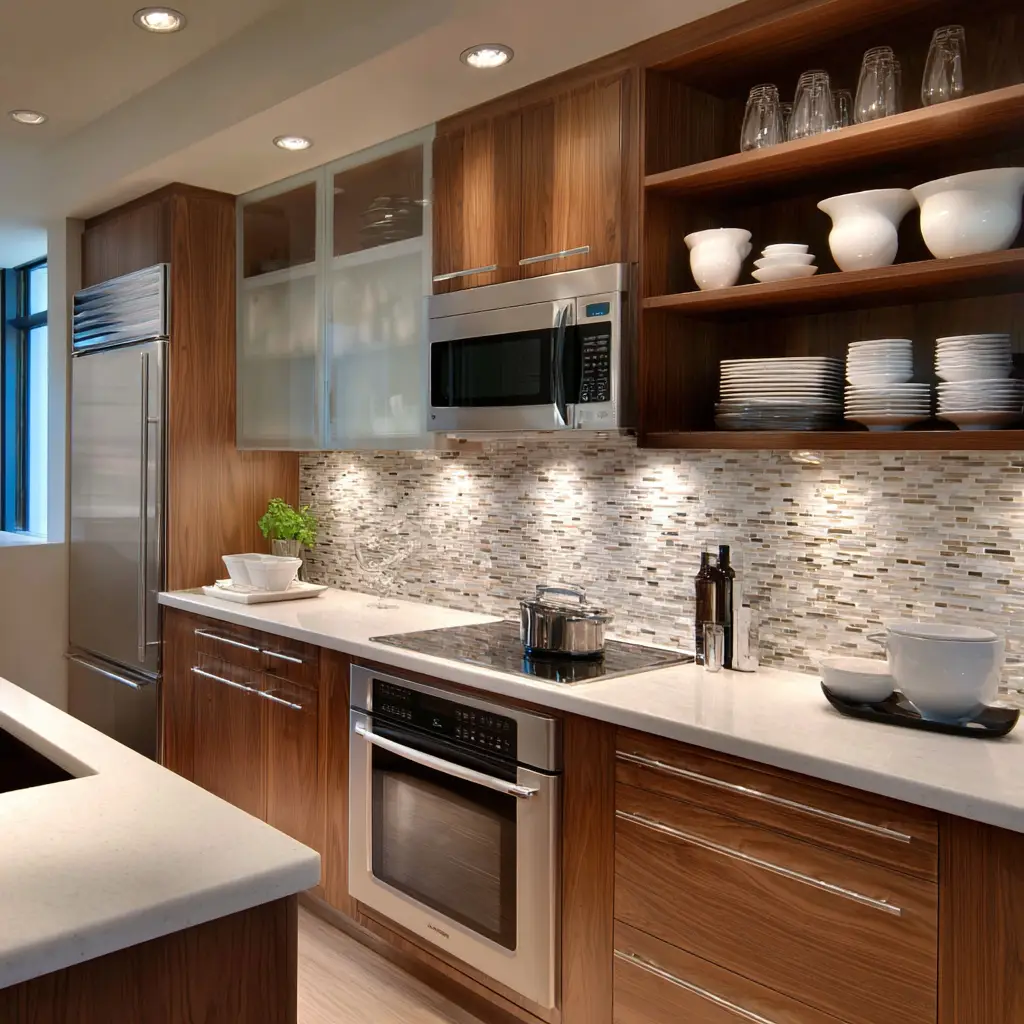
11. Keep Counters Clutter-Free
In small kitchens, countertop space is precious. Keeping counters clear of unnecessary items not only makes your kitchen look neater but also provides more workspace for cooking and prep. Store small appliances like toasters or blenders in cabinets when not in use, and create designated zones for items you use daily. Investing in clever organizers like knife blocks, utensil holders, or spice racks can keep things within reach without crowding the surfaces.
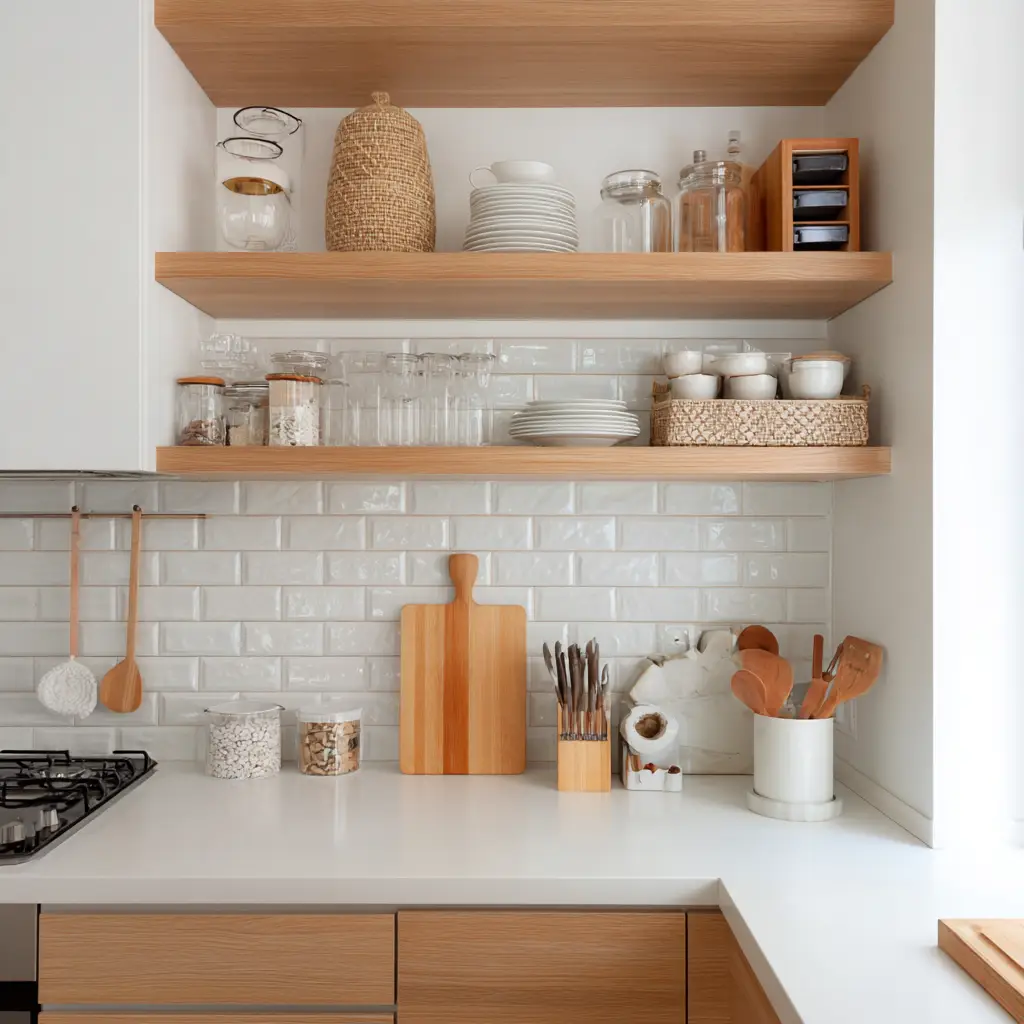
12. Utilize Corner Space
Corners are often overlooked and underused in small kitchens. Installing corner shelves or lazy Susans inside corner cabinets can transform these awkward spaces into valuable storage areas. Lazy Susans allow you to access pots, pans, or spices easily without rummaging around. Open corner shelving is another way to display decorative items or everyday essentials while keeping them accessible and freeing up cabinet space.
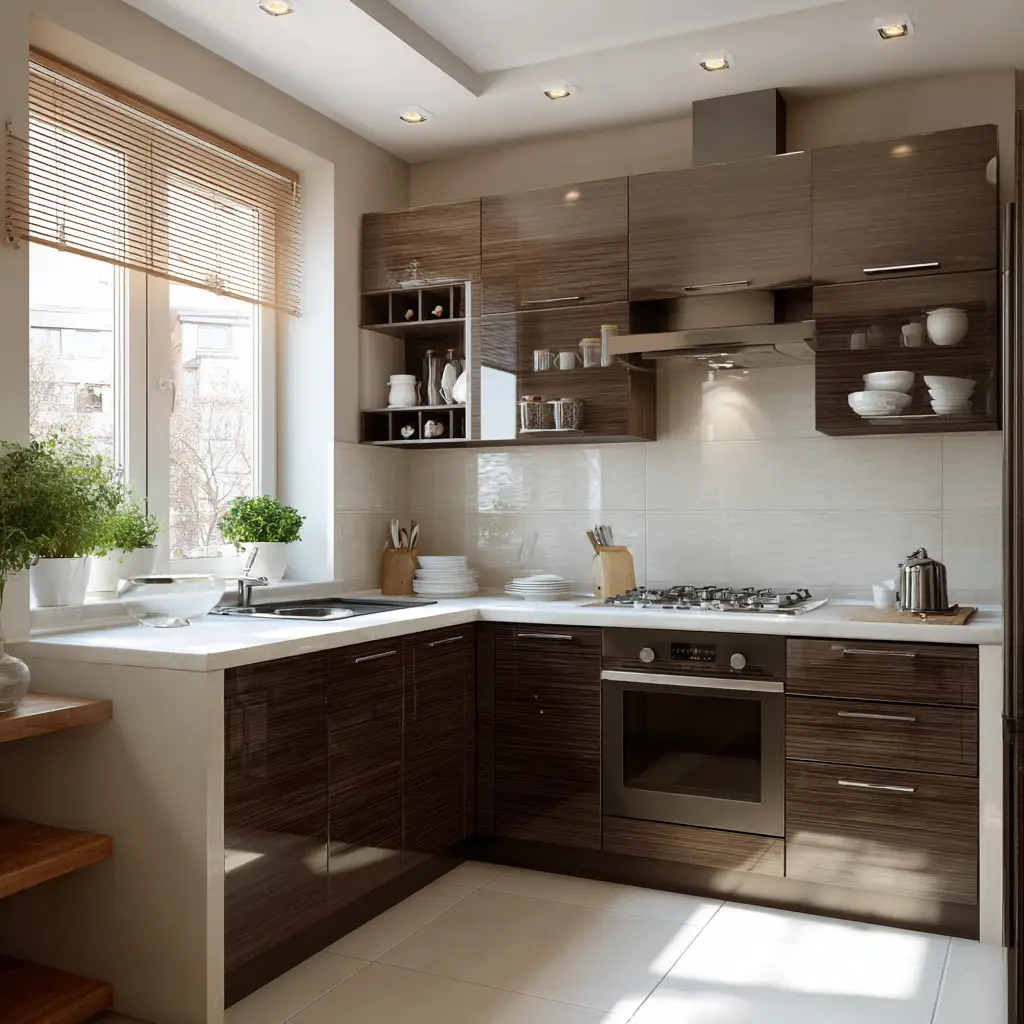
Frequently Asked Questions
How can I make my small kitchen feel less cramped?
Making a small kitchen feel spacious often comes down to visual tricks and smart organization. Using light colors and reflective surfaces, maximizing natural and artificial lighting, and incorporating open shelving can open up the space. Additionally, keeping countertops clutter-free and ensuring that every item has a home will prevent the kitchen from feeling chaotic or crowded.
Are open shelves practical in a small kitchen?
Open shelves are a fantastic option for small kitchens because they take up less visual space than bulky cabinets and keep everything easily accessible. However, they do require regular upkeep since everything is on display. Dust can accumulate quickly, and clutter can be more noticeable, so maintaining neatness is key for them to work well.
What kind of furniture is best for a tiny kitchen?
Furniture that is slim, lightweight, and multifunctional works best in small kitchens. Fold-down tables, stackable stools, or slim rolling carts can add flexibility and extra storage without taking up permanent floor space. Clear or transparent materials can also help reduce visual bulk.
How can I maximize storage in a kitchen with limited cabinets?
Beyond using every inch of vertical space and installing hooks or rails, look for creative storage solutions like slide-out pantries or stackable clear containers. Utilizing corners with lazy Susans or shelves, and adding organizers inside cabinets can also make a big difference.
Conclusion
A small kitchen doesn’t mean you have to compromise on style or functionality. By embracing thoughtful design choices and clever storage ideas, you can transform even the tiniest kitchen into a welcoming, efficient space. Whether it’s installing open shelves, using light colors, or investing in multipurpose appliances, each step helps make your kitchen feel larger and more enjoyable to use. Remember, the key is to work with your space — not against it — and find solutions that fit your lifestyle. What’s one small kitchen idea you’re excited to try first?
